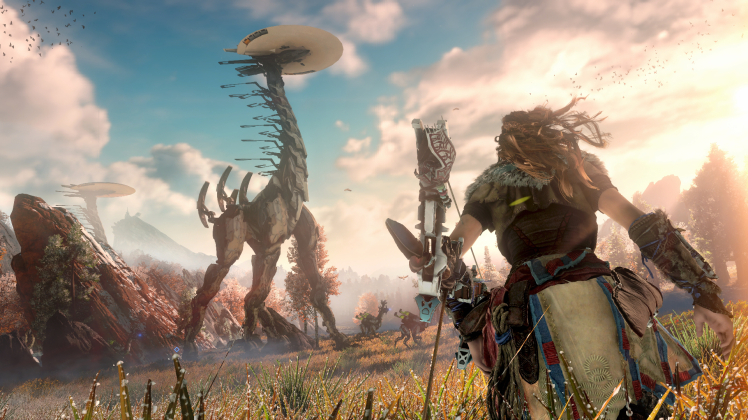Bradley discusses the artistic value of video games and argues for displaying them in museums.
For a gallery with the word literally in its name, the Tate isn’t very modern. It’s all a bit samey. Behold one thing unexpectedly on top of another thing. Over here is a domestic appliance nailed to a wall, and over there is something phallic.
For the last few years walking around exhibits in the Tate Modern hasn’t been much different from a tour through all the one star motels in Swindon: each one is indistinguishable and it’s probably best not to touch anything.
After visiting Tate Liverpool, I have a new found appreciation of fine art – because modern art is so so bad
— Lauren (@_itsnotaliens) May 13, 2014
What is missing is something that challenges our preconceptions of art. What is missing are videogames.
Eschewed as mere entertainment, their stunning visuals and social commentary have for too long, gone unrecognised.
Take Wolfenstein II: The New Colossus which is to be released by Bethesda this year. The original Wolfenstein near invented the first-person shooter. Admittedly, there is a reason the 1992 8-bit game didn’t make it into any galleries. It had about as many pixels as the Union has accessible water fountains. But 25 years later and the franchise is set to release a visually stunning and controversial sequel in which the Nazi’s won the war, conquered America and emboldened the KKK. It explores race relations, the justifiability of political violence and the resurgence of fascism.
When asked if in the current American climate he was poking the hornets’ nest, the PR Director for Bethesda said “maybe a little bit, but the hornets’ nest is full of Nazis so fuck those guys.”
Wolfenstein II is impactful, relevant and it significantly departs from the traditional styles and values of 20th century art. Is this not, after all, exactly what modern art is?
Bradley Young
Photo credit: http://metro.co.uk/2017/02/20/horizon-zero-dawn-review-mechanical-animals-6459856/

